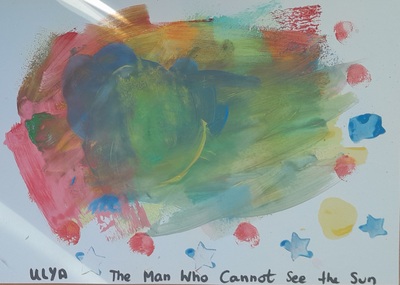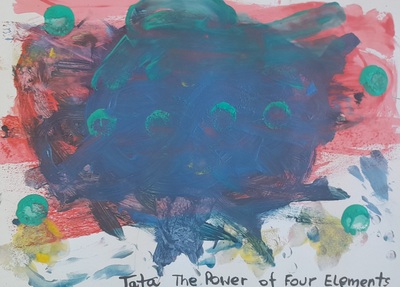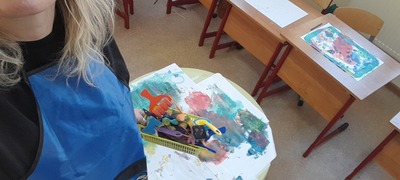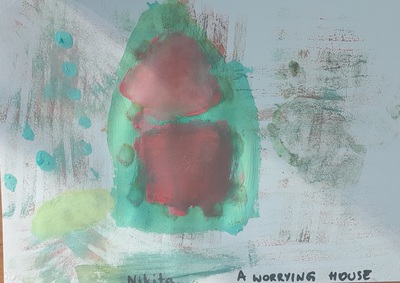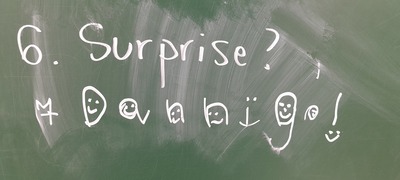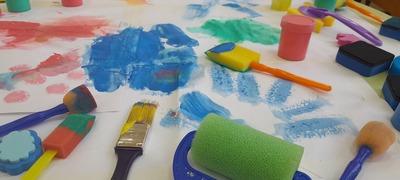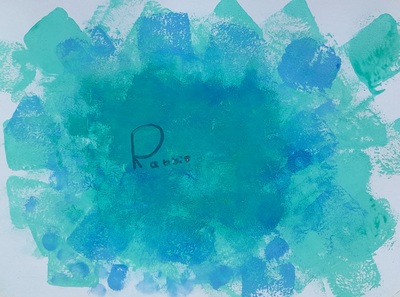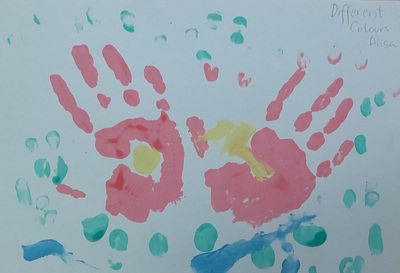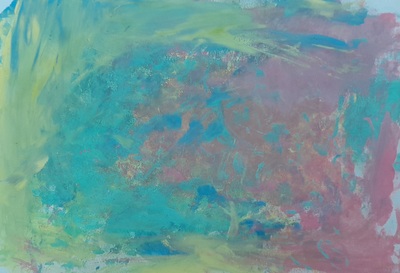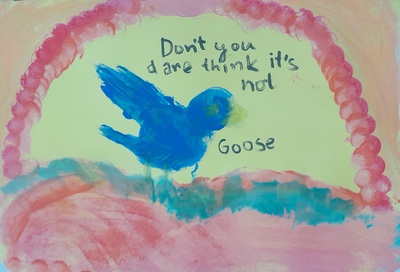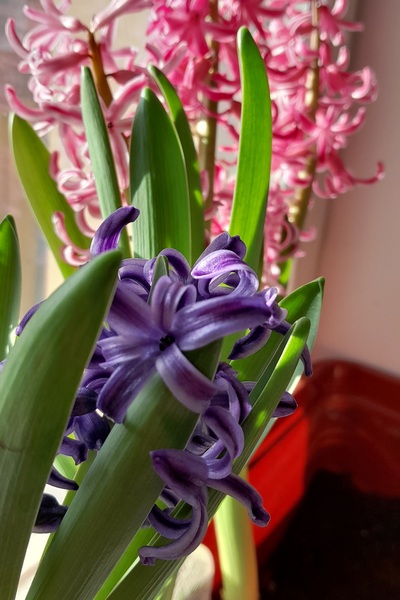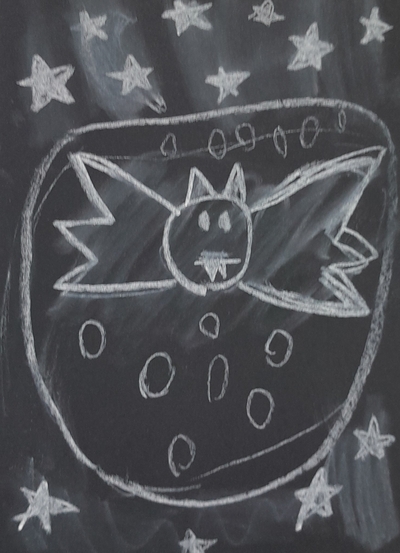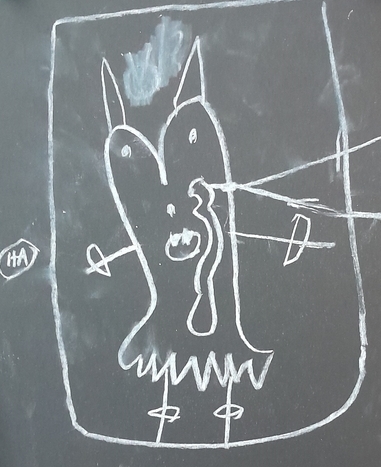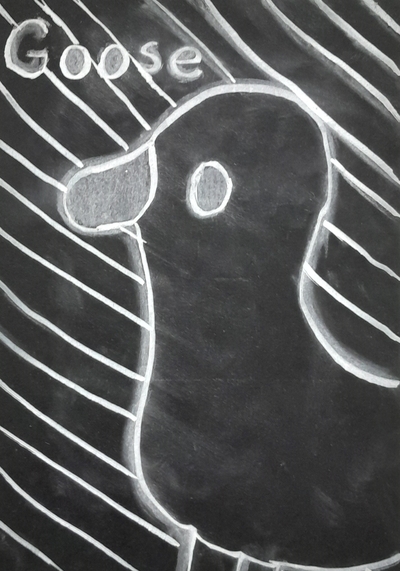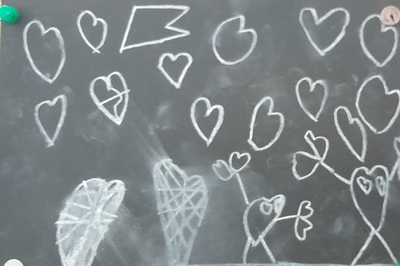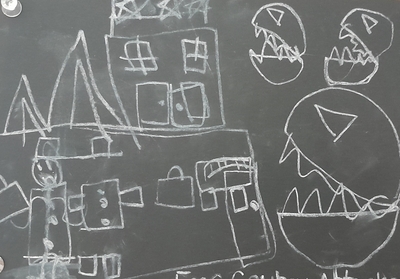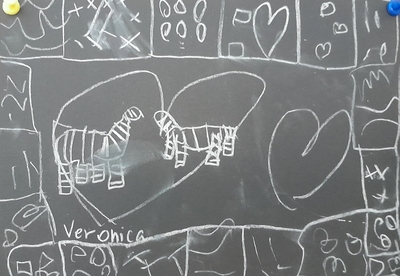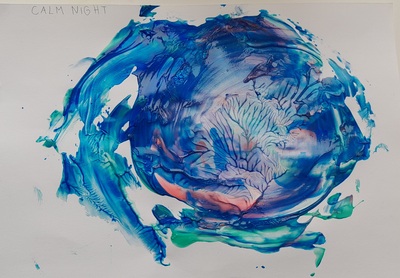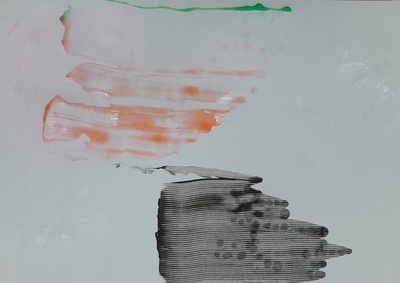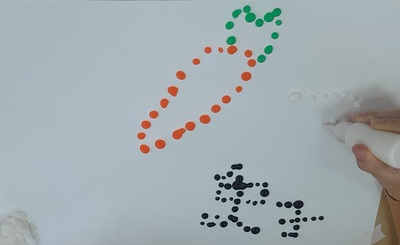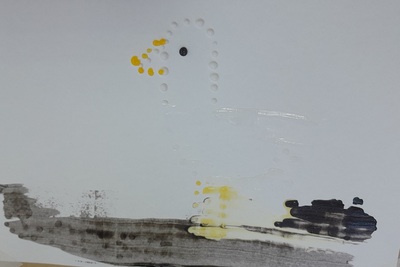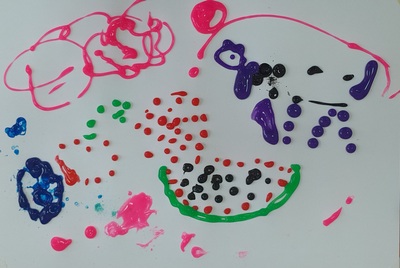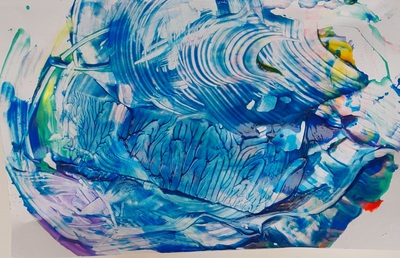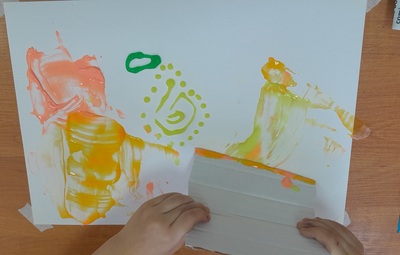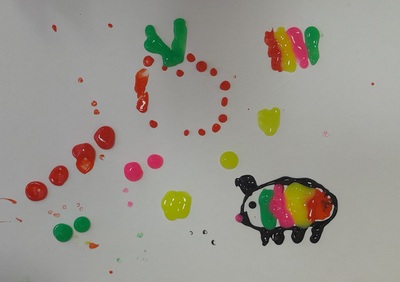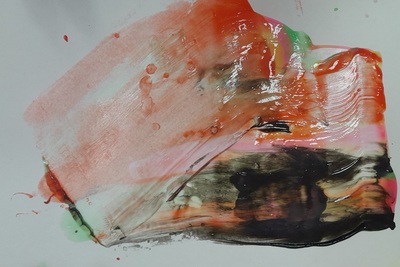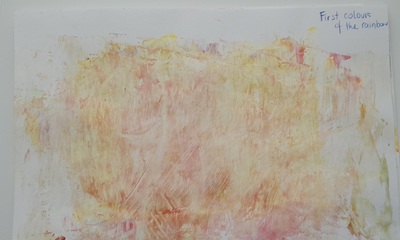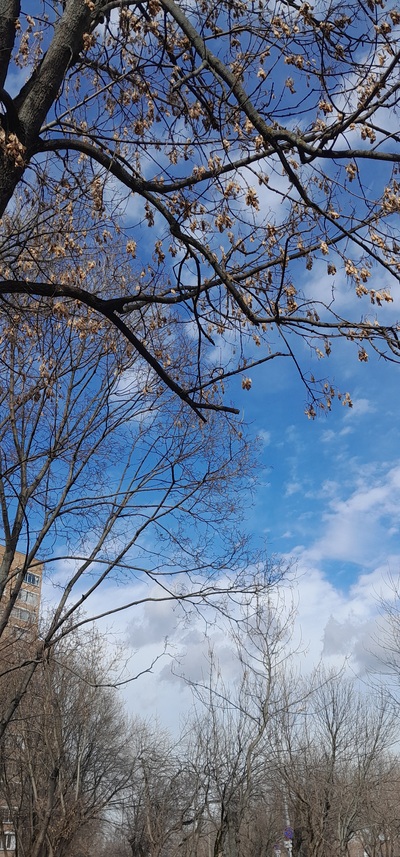
So, apart from being a teacher of English, a teacher of Art, a teacher of Science (occasionally), I am also (drum roll) a teacher of Maths, year 1 of primary (or Key Stage 3).
I am aware that perhaps not too many of my readers have Maths on their daily timetable but I decided to share these ideas nonetheless. It is because they are all rooted in the different ways of encouraging children to get involved in the activities that are challenging, tiresome and not always easy-peasy-lemon-squeezy.
For myself I simply wanted to leave a note and a record of the things we do, for future reference. On the other hand, I know that all of these activities have a lot of potential for the regular and the beloved ESL, for grammar and vocabulary practice or reading.
Treasure Hunt is a task that I have used many times over the years. It takes some time to prepare and to set it up, especially the first time, but once you do it and once everyone figures out the rules and procedures, it is a great task that my students have always loved and asked for if we stopped doing it for a while. The main idea of the task is that we go around the school, look for all the tasks hidden there and we solve them. Once all of them are completed, everyone returns to the classroom to check the answers. In the past, we used to collect new words, solve crossword puzzles with clues around the school. We used to look for answers to the quiz or instructions how to colour the picture. This year, we use it mostly for Maths, solving different addition, subtraction and multiplication tasks.
Usually, we go out as the whole class but this kind of a treasure hunt can be easily turned into a running dictation, with kids working in pair, one of them running, one – taking notes of the answers. This works especially well with really big groups.
As many as you can: most of my kids are huge fans of Maths and they approach the tasks with mountains of motivation. To be honest, I don’t really understand it, since my brain does not really feel happy around numbers and prefers words, languages and visual arts. But, I can almost risk saying it, my kids’ enthusiasm is infectious, so, in fact, I like teaching Maths.
‘As many as you can’ is one more task type that we do in class. It is super simple, it involves an A4 page of exercises that the kids work on individually. There is only specific rule and that is: everyone is allowed to do as many as they want or can.
I love this task because for the kids, it is an opportunity to approach a task without a lot of pressure and it works very well with a mixed ability group and for me it is an opportunity to see how well each and individual student feels about a particular topic. True, sometimes, the external factors get into the way and the number of exercises is affected by the kids’ mood or the levels of tiredness but, overall, it is a good indicator of how well everyone has learnt and how well they have assimilated the particular topic.
Oh, Petya: Petya is one of our invisible students and having him works very well in ‘find the mistakes and correct them’ tasks which we usually do at the end of the unit. I have already written about him before and you can find the post here.
Jigsaw puzzle is another idea that I have been using in our Maths tasks to encourage the children to go through the task from the beginning until the end. It is very easy to prepare because you basically need a page with the Maths tasks and another colouring picture (in the theme of the month, like Halloween or Easter). The colouring picture is cut up into pieces, into a number that corresponds to the number of tasks and they are put into separate envelopes. As soon as the kids complete one of the tasks, they can come up to the board, open the relevant envelope and take out one jigsaw puzzle. I also like to put the correct answer on the envelope, to give the kids a chance to also check their answers. Once all the exercises are complete, the kids put the jigsaw puzzles into a picture and we glue these into out notebooks. The pictures can be coloured in the end, as an option.
Password, password! is a variation of the previous task – we collect tokens for every exercise completed, only in this case, these are letters that, together, a part of a password. Kids work on their tasks, invidually but they take turns to come to the board to solve a task and to uncover one of the letters. This task works wonders for bonding and building the class community. Just like the colouring page, the password can be adapted in any way that fits the theme of the month, the number of the exercises or the number the kids in the class.
One of the first passwords that we did this year was: ‘We love Maths and we are fantastic!‘ I wrote it on the board, with the numbers for each letter and I used hyphens to break the sentence into words. But it can be anything!
Well, is it something that you could use in your lessons? Please let me know!
Happy teaching!
